|
Picture: http://www.nzflagsolutions.coolnz.net/imagelinks/silverfern.htm
By Dr Danny Keenan PhD - Historian. The silver fern was once proudly embraced by Pakeha as a symbol of their new-found home in New Zealand. The fern once anchored new kiwis to this landscape. It’s a shame that we have such short memories. The major complaint against the use of the fern has been its popular use as a brand, or a logo. Some have said it belongs on sporting jerseys and vests, but not on the flag. For those of us who care about our country’s history, this level of criticism has been a little disheartening, to say the least. The silver fern does have deep historical roots. Perhaps our modern addiction to mass consumerism, and commercial symbolism, blinds us from seeing the silver fern in its real historical context. The fern’s appearance as a national symbol goes back to the 1880s, when Pakeha decided that they wanted to be New Zealanders, after all. Census figures in 1886 showed that native-born Pakeha now exceeded 'Europeans' living here but born overseas. This new feeling of ‘belonging’ gave rise to the Native Associations, which formed after a successful inaugural meeting of settlers in Westport in 1890 (inspired by similar movements in Australia and Canada). Branches soon sprang up all over New Zealand, giving rise to an outpouring of nationalist literature, poetry, songs and landscape paintings as Pakeha searched amongst the figurative undergrowth for an organic foothold. By 1898, there were 2500 members, with branches all over New Zealand, in centres like Dunedin, Wellington, Auckland, Westport, Thames, New Plymouth and Hawera. Politicians and professionals, as well as ordinary folk, flocked to join, eager to solidify their sense of being a ‘New Zealander’ (a term once directed only at Maori). Most tellingly, though, the Associations adopted the silver fern as their emblem, taking pride in its natural simplicity. Its acceptance amongst Pakeha grew rapidly. Everyone was soon wearing the silver fern badge. A fern emblem was also worn by our troops in South Africa after 1899; our first Boer War commander, Major Robin, was farewelled in Dunedin by a huge Natives Association gathering. And in Europe, after 1914, the fern was used to adorn kiwi headstones on the Western Front. Pakeha New Zealanders had found a symbol of home they could live with - the silver fern. Earlier, however, Tom Ellison of Ngai Tahu had introduced the silver fern to our national rugby team. In 1888 he suggested that the New Zealand Natives team adopt the fern, which they did and now wear of course as All Blacks, as do countless other sporting, civic, community and commercial associations. As Sir Tipene O’Regan once reminded me, to Maori, the silver fern denotes strength, stubborn resistance, and enduring power, encapsulated in a natural form of native elegance. Maori have always honoured the fern, giving it a pride of place. Early Pakeha did this, also. Overseas, the fern has become the unmistakable symbol of New Zealand, earning instant recognition. Thanks to the early efforts of Pakeha, it's become our national symbol. It’s more than just a mere commercial brand, which is what many commentators and academics with no sense of history would have us believe. The silver fern was once embraced by Pakeha and survives as a symbol of organic beauty. It takes us beyond our British colonial origins, when, under the current flag, our boys went overseas and died to defend Empire, to say nothing of those 3000 Maori who died on our own soil, defending hearth and home, under attack by the same flag. The fern represents all of us; we should be proud to see it on our flag. Dr Danny Keenan lives in Whanganui and has a PhD in Maori history. He has taught at Massey University and Georgetown University, Washington DC
1 Comment
The Flag Consideration Panel has published an infographic of the two flags, an extract of this graphic, and the infographic text, is below. This flag is a white fern frond that sweeps up diagonally from the bottom left corner to the right of the top centre. The left side of the fern is sitting on a black background. To the right of the fern there are four stars in the formation of the Southern Cross constellation, sitting on a blue background. Each star is red with a white border, and has five points. The black has become recognised as a national colour and is associated with our many achievements internationally. The silver fern has been part of our history and identity for many years and is an internationally recognised symbol of New Zealand. The fronds represent our diverse communities coming together. The blue represents our clear skies and the Pacific Ocean. The Southern Cross emphasises our location in the South Pacific Ocean. It connects with the colours in the Union Jack and the current flag. Throughout this process, thousands of New Zealanders shared their opinions. The most commonly expressed views are summarised below to help voters consider the options and make an informed decision. It is a uniquely New Zealand flag that will not be confused with Australia. Image: The Australian Flag alongside the Silver Fern Flag. New Zealand is a proud, independent country. We are no longer a British colony, so we shouldn’t have another country’s flag on our flag. All New Zealanders having a say in this decision honours the rights and freedoms that have been fought for. New Zealand has changed significantly, we are far more aware of our bicultural origins and have become a multicultural society. We’ll remain part of the Commonwealth. Of 53 Commonwealth countries, only four still have the Union Jack as part of their flag. Image: The Canadian Flag. The full graphic, and other information on the upcoming flag referendum can be downloaded here
A RadioLive poll of over 2700 people asked What flag will you vote for?, 52% or 1419 people responded with the Fern. Read more below: http://www.radiolive.co.nz/DUNCAN-GARNER-POLL-What-flag-will-you-vote-for/tabid/615/articleID/111632/Default.aspx
silverfernflag.org
Silver Fern Flag by Kyle Lockwood will go up against the current flag in a referendum next year.
GRANT MILLER OPINION: When Prime Minister John Key started pushing for New Zealand's flag to change, there was little enthusiasm for the idea. Low voter turnout and some degree of unhappiness about the options suggest most of the public are still not quite with the prime minister. The first referendum result is far from a disaster for Key, however. The turnout is high enough and percentage of spoilt ballots low enough for him to be heartened. The process has been designed to bring people on board, and we shall see in March the extent to which this has been successful. A vocal minority has been scornful and sarcastic, and this could result in more votes for the current flag, but the mood of middle New Zealand will determine the result. With the current flag sidelined from the first referendum, the debate has had a phony-war type feel to it, but the phony war is over. It's Kyle Lockwood's black, blue and silver fern design with the stars of the Southern Cross versus the Blue Ensign and Southern Cross, our current flag. Of the alternative designs that made the shortlist, New Zealanders have picked the one with the best chance of toppling the current flag. It's appropriate that the design should have black on it. Black is not just synonomous with our rugby team, but also netball, hockey and our Olympics and Commonwealth Games athletes. The silver fern, too, is the symbol most associated with New Zealand, adding a link to our much-celebrated beautiful countryside. The other Lockwood flag, with its dash of red, was a bit too garish to win. The other silver fern design was, perhaps, too plain, and the koru design was never going to attract enough support. There was little about Red Peak that evoked a sense of New Zealand. And it is this capturing a sense of New Zealand that has been much in the thinking of the Flag Consideration Panel. The winning Lockwood design does this better than the current flag but whether this will be enough to switch is obviously moot. The RSA will be among those arguing the case for change has been less than compelling. There's the likely framing of the debate – a flag that better captures New Zealand against scepticism about the need for a change. The real debate starts now. - Stuff http://i.stuff.co.nz/manawatu-standard/opinion/75048642/Editorial-New-Zealanders-choose-flag-with-best-chance-of-toppling-Blue-Ensign |
MEDIAArchives
December 2022
Categories
All
|

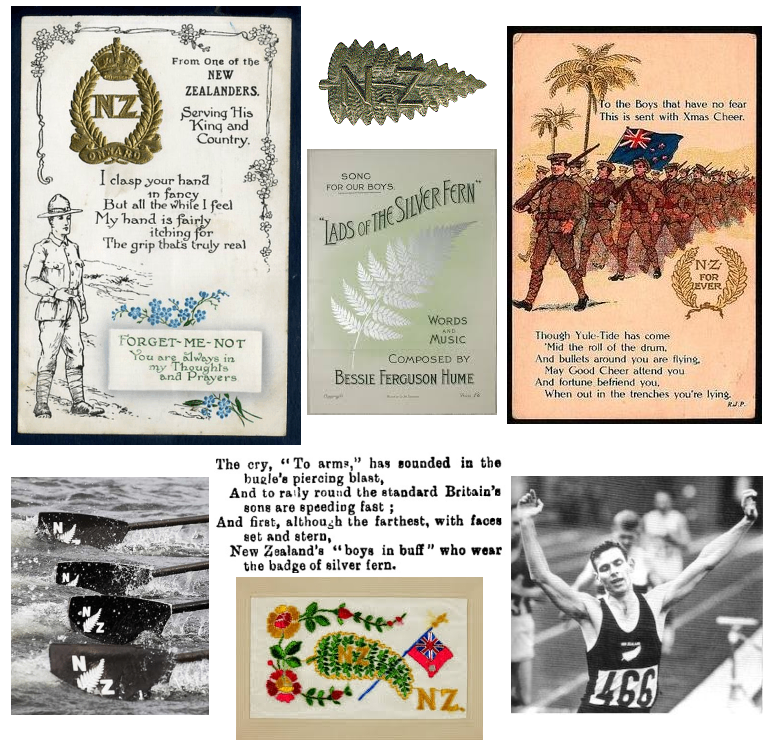
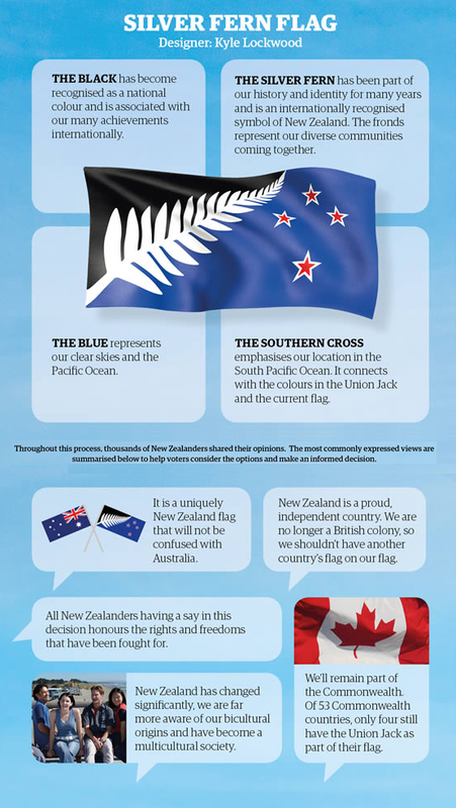
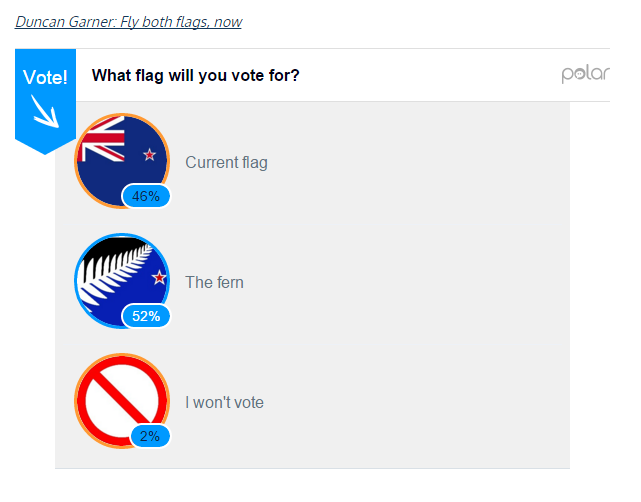


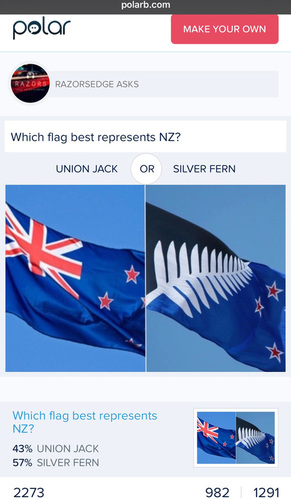
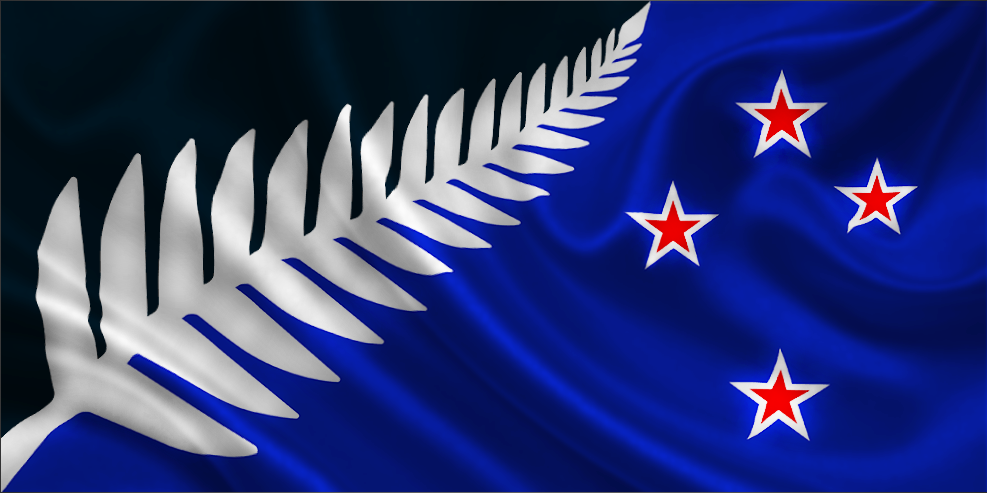
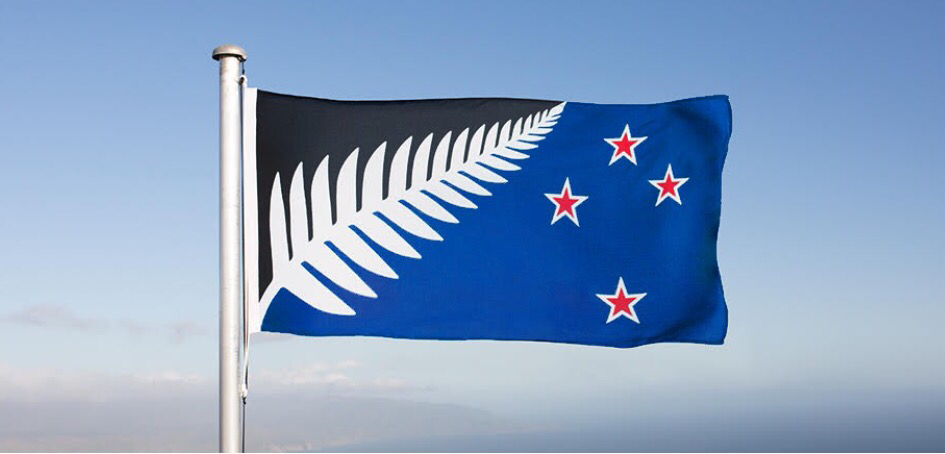
 RSS Feed
RSS Feed
